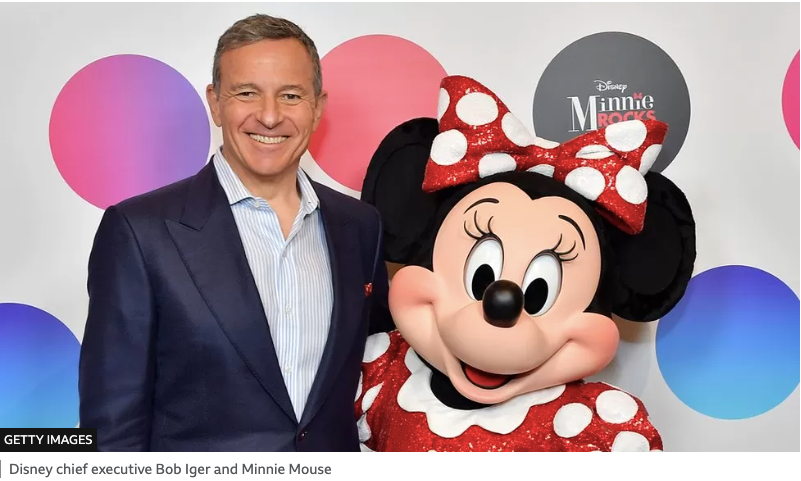Another usage-based pricing casualty: Why’s Unity’s per installation pricing is still broken
By now it’s likely you have heard or read about the biggest pricing disaster of 2023 so far: Unity’s launch (and then revised launch) of new fees for game developers. Game developers are not known for pulling any punches when changes to the ecosystem are proposed and very quickly made their frustration public on Twitter/X.
The extremely negative response to their pricing changes led Unity to very quickly walk back some of their plans and clarify others. But what remains is still broken.
We‘re a little late to the Unity conversation but we want to shed some light on why the original approach didn’t work, and why it still isn’t optimal.
The most noteworthy elements of Unity’s original revised strategy were that:
The price metric was usage-based per installation. Developers had to pay every time a gamer installed a Unity-built game on their device. The structure of this charge meant that it would add to the costs of developers considerably, hence the huge negative reaction. This shouldn’t be an issue so long as it’s value-aligned, right? More on that later.
- They were going retroactive (kinda)! While it is only future installs that would be subject to the fees, the per-month rate would be based on life- to- date installs, which were obviously racked up before developers knew they would be charged for them. The sentiment from the developer community seems to be that the fees are so steep that, had they been present when they were choosing an engine for their games, they might have chosen differently. Indeed, in some eyes the more aggressive pricing is tantamount to a betrayal of the developer community. Many alleged price gouging – charging as high a price as you can, because the customer is dependent on your product (in this case, because the game is already built, and/or the developers only know how to code using Unity’s C# language).
- It felt predatory to the community – the commentary conjures images of tobacco companies giving away products, getting people addicted, and then charging for them
With the big price increase this new pricing strategy would have created, it’s no wonder there was a developer revolt. And it’s no wonder that in Unity’s revision of the pricing strategy, they softened these elements. They only brought in per-install payments for new games that earn more than $1m revenue in 12-months, with the added flexibility that developers could opt for a 2.5% commission on revenue instead of the per installation pricing.
The revision is clearly an improvement. So, now what’s the problem?
The single biggest issue with the pricing strategy has not been addressed. The issue is the price metric – per installation – is not closely value-aligned or predictable.
It’s not completely value misaligned. Unity helps developers make games. A successful game will sell multiple units. A purchased unit will typically get installed.
But in today’s world of cloud hosting, a purchased game doesn’t always just get installed just once. It may get installed several times as a gamer cycles between games and needs to conserve precious hard drive space. Therefore, a gamer could purchase a game and install it 12 times within 12 months. The gamer pays the developer once. The developer pays Unity 12 times!
It isn’t value-aligned. For the same reason, it also isn’t predictable. A developer doesn’t know how many times a game will be installed and can’t predict what their total charges would be. This is exacerbated by the trolling behaviors of some gamers – [James Wilton] my sons have already told me about their friends’ plans to install games they hate multiple times so that the developer must pay more!
- Lack of value-alignment in a usage-based metric creates friction at the point of sales because customers lack the willingness-to-pay for volumes.
- Lack of predictability creates friction by making customers unsure what they will end up paying.
These are the two most prevalent stumbling blocks in usage-based pricing. Unity’s pricing, even post- “fix”, has stumbled over both.
Of course, now Unity has proposed another pricing option, where they take a 2.5% commission on revenues. That’s essentially a per-dollar-of-revenue price metric. Isn’t that more value-aligned?
Yes, we think it is. The value Unity provides is to make great games. More people will pay higher prices for great games. So, the revenue that a game developer receives from a Unity game is highly aligned with the value Unity provides.
The problem with this system is not in the metric, but in the architecture around the metric – the way the price scales with the metric. Our understanding is that it’s completely linear – there is a flat 2.5% commission on all revenue. You can argue this is value-aligned – there’s no reason to say driving revenue from $10m to $11m is any less valuable than driving it from $1m to $2m – but we think it falls back in acceptability or perceived fairness.
We live in a world where volume discounts are expected. If you buy something in bulk, it usually comes with a lower unit price, whether you ask for it or not. The implication is that because the vendor is making a larger total profit on the transaction because of the high volume, they can give some of it back to the customer. Even when it isn’t used as an incentive to purchase more, it’s understood as a reward for the large transaction.
You see it everywhere. Banks give lower fees and interest rates to customers with higher assets.
The implication is that keeping the commission flat at 2.5%, regardless of the scale of the revenue, feels greedy. It makes people think, “You’re making so much money out of this – you can’t give me a little back?” Even at the higher revenues, customers may not object to the 2.5% commission itself. They just think that if they’re paying 2.5%, smaller customers should be paying 3%!
This entire situation speaks to the importance of bringing to market a customer-tested pricing strategy. Because the pricing wasn’t perceived as fair, many Unity customers began exploring alternative options , which poses a much broader challenge to Unity’s positioning in the market.
If only we had a dollar for every time we heard someone say, “Getting usage-based pricing right is hard”. But that wouldn’t be value aligned for whoever's paying me.
Which further proves our point.
+++
Read more of our takes on usage-based pricing on our Insights page.















